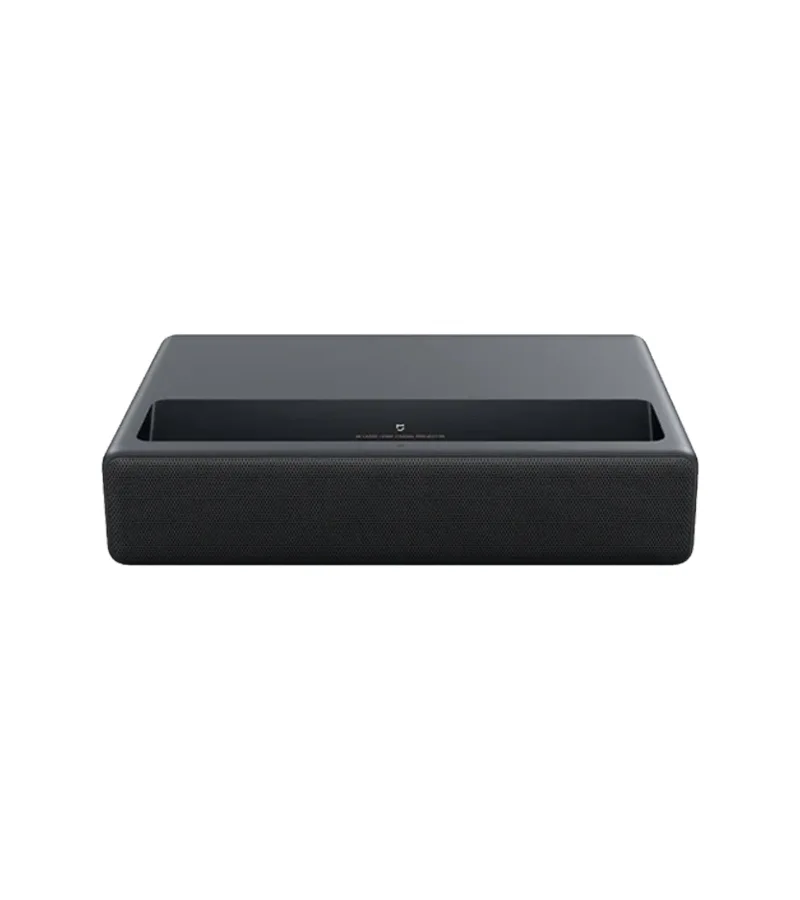The top players in the tech industry – Apple, Microsoft, and Amazon – are currently competing to become the first to completely eliminate their carbon emissions.
According to Apple’s statement on Wednesday, the company has made significant progress in reducing its greenhouse gas emissions. Since 2015, they have successfully lowered their emissions by approximately 60%, encompassing various aspects such as production, advertising, and administrative functions, as well as customer consumption.
Numerous companies have effectively reduced the carbon footprint of their main operations. The availability of inexpensive solar and wind energy, as well as more affordable grid-scale batteries, has made this a simple and financially beneficial approach.
The companies in question, namely Amazon, Apple, and Microsoft, have committed to removing not only their carbon footprint but also that of their suppliers and customers. However, addressing these Scope 3 emissions presents a larger challenge as they are not within a company’s direct jurisdiction.
In this regard, Apple has made groundbreaking steps. When the company released the Apple Watch Series 9, the company revealed its plan to purchase sustainable energy for its consumers. And a year later, it extended this initiative to purchasers of the latest M4 Mac mini as well.
The announcement for the Mac mini unintentionally emphasized the significant impact that semiconductors have on the carbon footprint of electronic products.
The base Mac mini, equipped with 16GB of RAM and 256GB of storage, produces a carbon footprint of 32 kg throughout its lifespan. On the other hand, the higher-end version boasts 64GB of RAM and 8TB of storage, resulting in a larger impact of 121 kg. This significant increase can be attributed to the greater number of chips utilized in this model.
On Wednesday, Apple announced its collaboration with semiconductor suppliers to resolve the issue. Currently, 26 of them have committed to reducing at least 90% of fluorinated greenhouse gases used in their operations. These gases are commonly utilized in semiconductor manufacturing for chip etching and equipment cleaning. However, they are also known as highly potent greenhouse gases. For instance, hexafluoroethane produces 9,200 times more warming than an equal amount of carbon dioxide would.
By 2030, Apple plans to reduce its greenhouse gas emissions by at least 75%. With five years left to reach this goal, the company has already made significant progress. Any remaining emissions will be offset through a carbon-removal program, stated by the company.
Similarly, other companies are also addressing the most challenging emissions to reduce, but their approaches vary. For instance, Microsoft is putting resources into both direct air capture technology and nature-based solutions such as reforestation. Conversely, Apple has concluded that nature-based solutions are the most effective means of curbing emissions in the short term.














